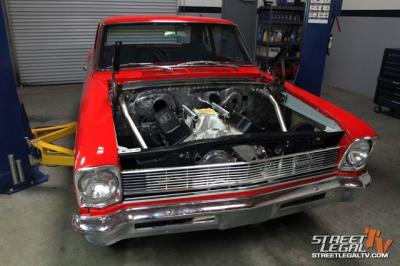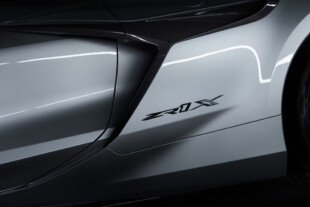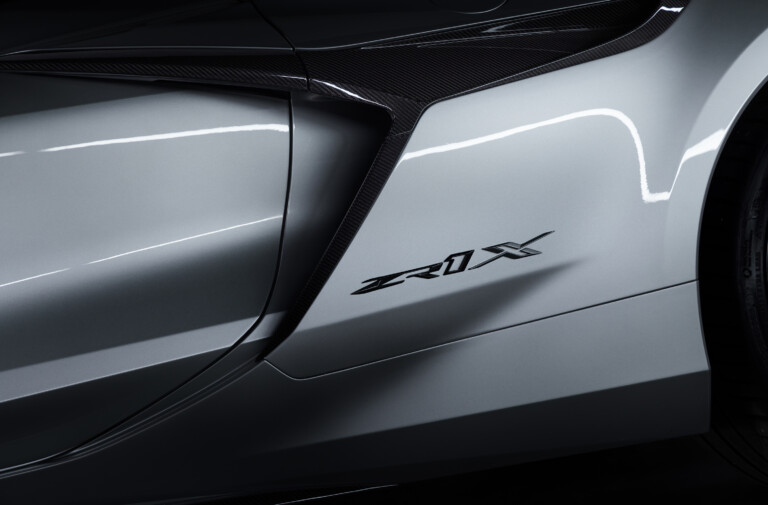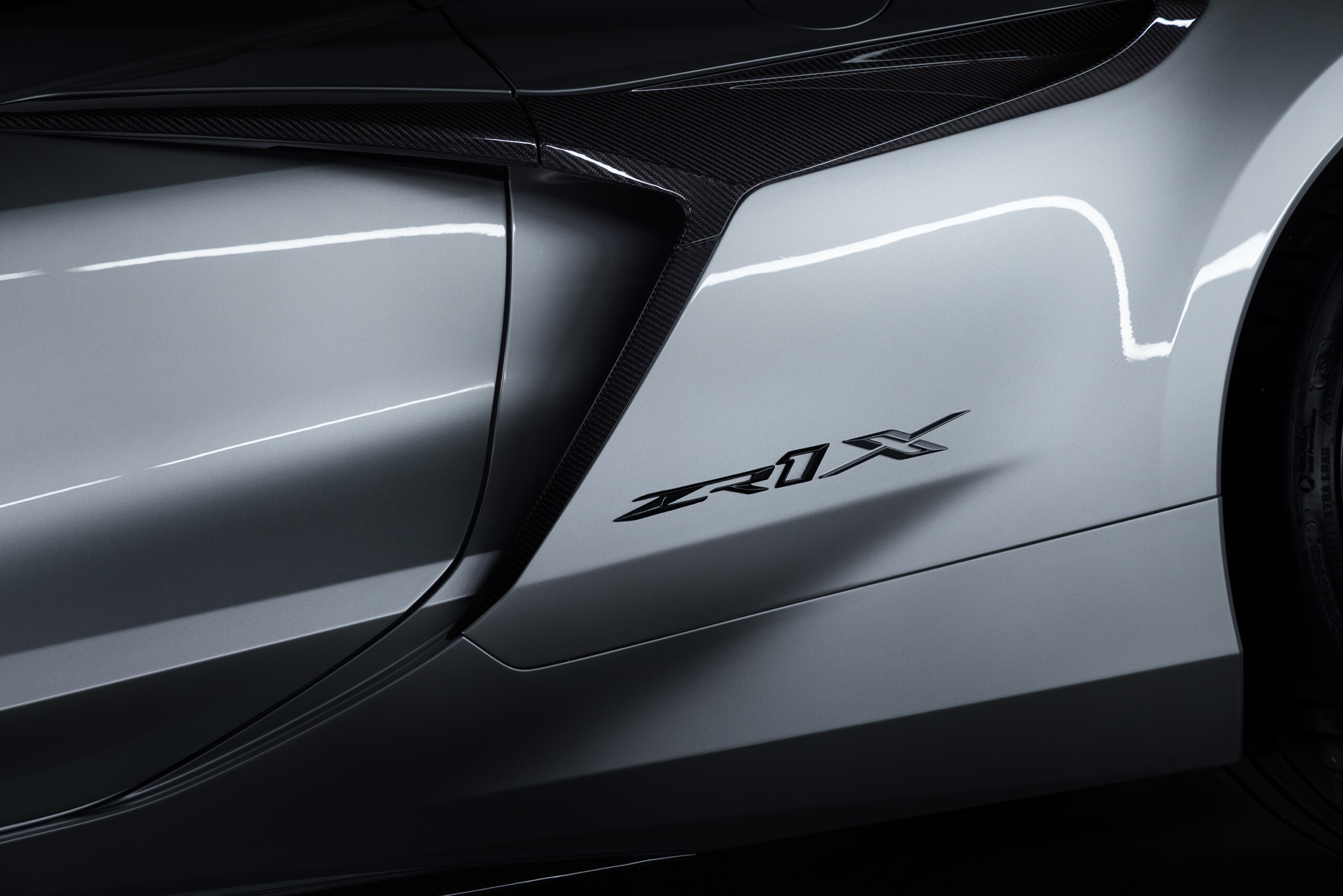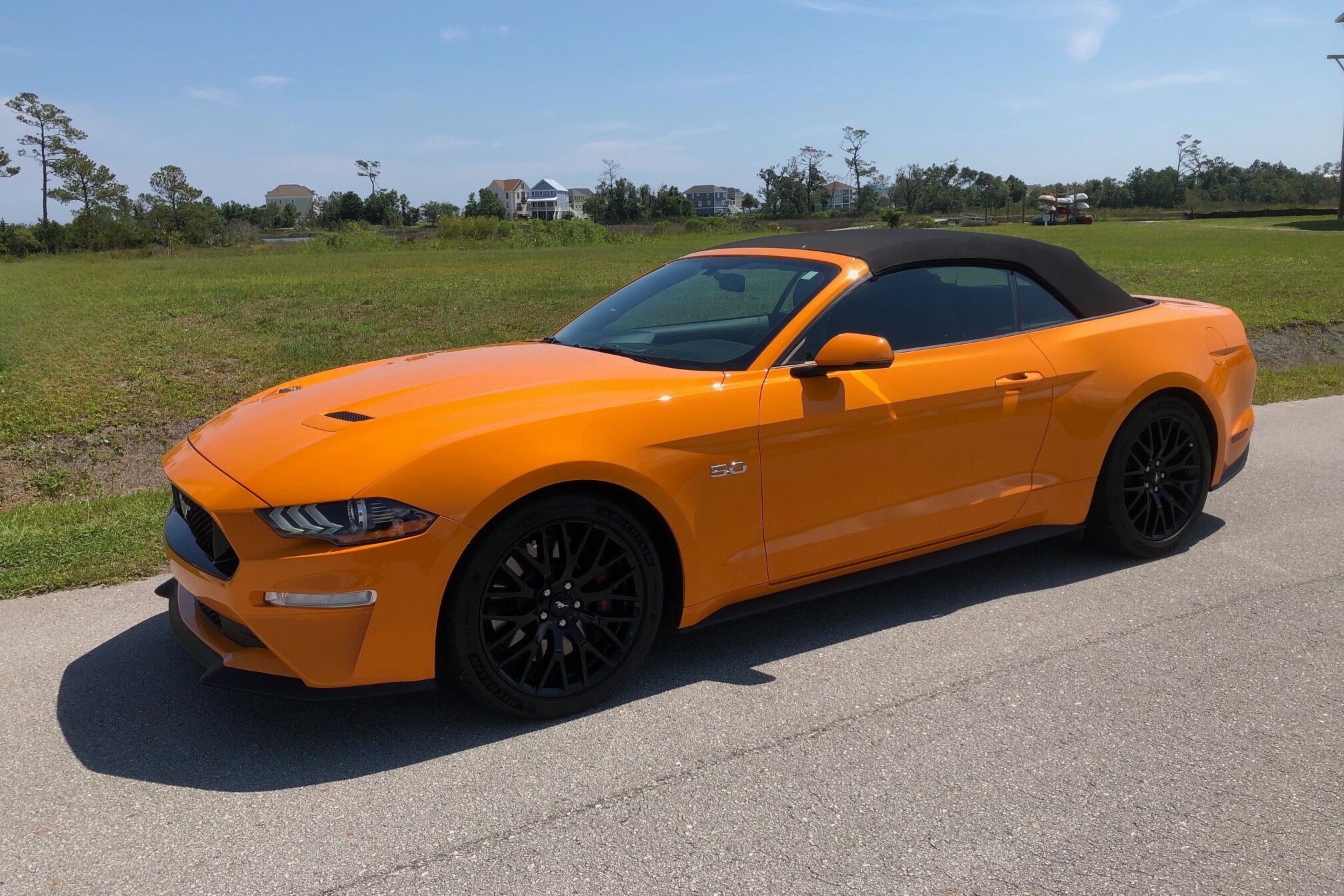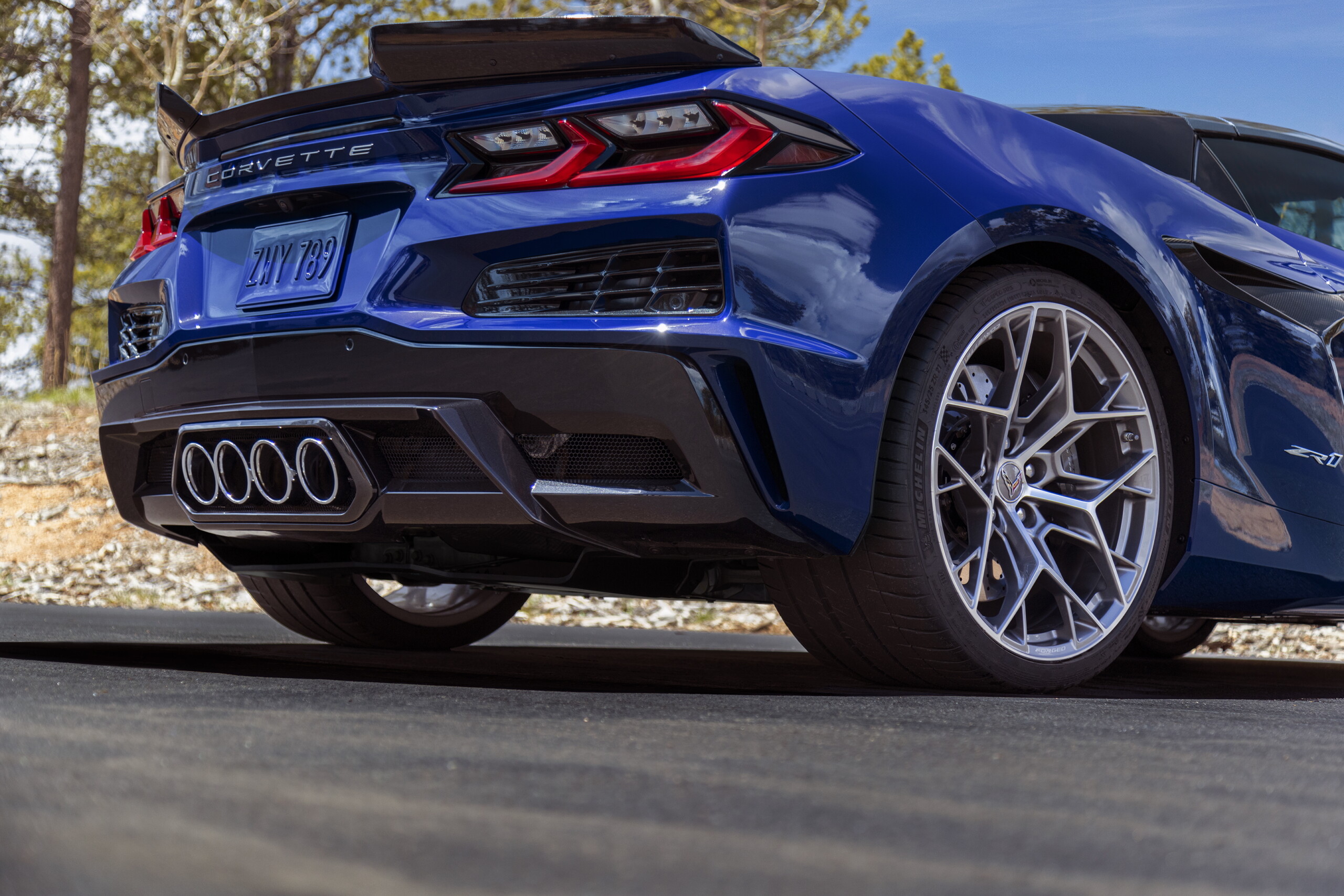Words and Photos: Richard Holdener
Okay, pop quiz time. Would you rather have a 300-, 400- or 500-inch motor? The question is an interesting one on the surface, as the obvious choice is to always go with bigger is better and select the most cubes. There is definitely merit in that line of thinking; the extra displacement makes it much easier to produce any given power level. If you are looking to make 400 hp, it is a lot easier to do it with 400 or even 500 cubic inches than it is with 300 cubic inches. Truth be told, making that kind of power with an LS is easy with almost any displacement, but you get the idea. The GM engineers obviously understood this concept, as the 5.7L LS1 evolved first into the 6.0L LS2 then the 6.2L LS3. When it was time to make even more power, they stepped up once again in displacement to the 7.0L LS7. Sporting a full 427 inches, the LS7 offered not only more peak power, but more of everything, including cubes, cam, and compression.
While additional displacement is certainly an effect and time-honored tradition, there is more to the performance equation than extra bore and stroke. To accurately determine the merit of any combination, you should also look at what we call the specific output or horsepower produced per cubic inch. The extra inches obviously increase power, but do they increase power at the same rate.
Back in the days of the original muscle car era, it was a big deal that a production motor produced 1 hp per cubic inch. A 283-hp 283 small-block was big news when first introduced, but time and technology have marched on. That magical specific output is now commonplace. The factory LS1 matched that number (using net and not gross ratings, no less), while the LS6, LS2, and LS3 all easily surpassed it. Of course, the 505-hp 427 offered not only the highest power output, but took top honors in specific output as well, with 1.18 hp per inch. Right behind the LS7 was (appropriately enough), the 405-hp, 5.7L LS6 with 1.17 hp/inch. The 6.2L, 430-hp LS3 came next with 1.15 hp per inch, while the 400-hp LS checked in at 1.09 hp per inch.
As we saw in the factory configurations, the big-boy LS7 made the most peak power AND offered the highest specific output, but the smallest 5.7L LS6 was nipping at its heels in the specific output department. Obviously, if maximum power is your gig, then the big motor is the way to go, but there is just something about a combination that offers impressive efficiency.
To further illustrate that similar efficiency comes in all shapes and sizes, we selected three different performance builds in the 300-, 400- and 500-cubic inch ranges. Representing the 300-cube crowd was a modified 4.8L that weighed in at 293c.i. Our 400-cube commando was a .030-over, 6.0L block stuffed with a 4.0-inch stroker crank to produce a finished displacement of 408c.i. Representing our 500-inch followers was a tall-deck, RHS block stuffed with a Lunati 4.5-inch stroker crank and Wiseco 4.185-inch pistons to create the 495-inch monster. Check out the details of each build-up and how they compared not just on peak power (spoiler alert-the big motor made the most), but on specific output. After all, there are different strokes for different folks!
Team 300 (293-inch 4.8L)
Originally designed for truck use, the 4.8L has gained a loyal following as much for its low cost and availability as for rpm ability. The shortest stroke offered in a factory LS, the 4.8L is viewed as the DZ302 of the LS family, though its 3.264-inch stroke is much closer to the slightly larger 327. This build actually utilized mostly stock components in the bottom end, though the block was honed slightly then fitted with Total Seal rings. The first of the power producers in the build-up included a COMP 273Lr cam that offered a .610/.617 lift split, a 223/231-degree duration split, and 112-degree lsa. Despite the minimal displacement, we chose to dramatically increase the head flow by installing a set of Stage 2 706 heads from Total Engine Airflow. The finishing touch was the Fast LSXRT intake and 102mm throttle body. Once on the dyno, the 293-inch LS produced 476 hp at 7,000 rpm and 392 lb-ft of torque at 5,800 rpm. These numbers put the specific power output at an impressive 1.62 hp per inch, while the specific torque output (392/293) checked in at 1.337 lb-ft/inch.
Team 400 (408 Stroker 6.0L)
Unlike the 4.8L, the bottom end of the 6.0L was considerately modified. The block was punched .030 over, then fitted with a 4.0-inch stroker crank (and rods) from Speedmaster. When combined with the .030-over JE forged pistons, the resulting combination displaced a solid 408 cubes. Like the 4.8L, the 408 also sported Total Seal rings, ARP head studs, and Fel Pro MLS head gaskets. To help it produce power, we installed a much larger COMP rec-port cam. The 289LRR offered .624 lift, a 239/255-degree duration split, and 114-degree lsa. The short block was topped with a set of Mast Black Label, cathedral-port heads and a FAST LSXR intake and matching 102mm throttle body. Like the 4.8L, the 408 was run with a FAST XFI management system and once tuned, produced 641 hp at 6,400 rpm and 580 lb-ft of torque at 5,300 rpm. Though it offered considerably more power, the 408 actually produced a slightly lower specific power output than the 4.8L, with 1.57 hp per inch, but the specific torque output (580/408) was higher at 1.42 lb-ft per inch.
Team 500 (495 RHS Stroker)
The final combination of the day was also the largest and (not surprisingly) the most powerful. Starting with a tall-deck RHS aluminum block, the build included a massive Lunati 4.5-inch stroker crank (and K1 rods) combined with a set of Wiseco 4.185-inch forged pistons. The combo produced a big-block-like displacement of 495 inches. Naturally, this stroker received a big-boy cam from COMP Cams. The 309LRR offered .660 lift (with 1.8 rocker), a 259-275-degree duration split, and 115-degree lsa. Feeding this hungry beast was a set of CNC-ported Mast Black Label LS7 heads and single-plane intake. Since the CNC-ported manifold was designed to accept a 4500-series carburetor (or throttle body), we installed a 1050 Holley Ultra Dominator. The high-compression 495 offered impressive power, peaking with 810 hp at 6,600 rpm and 726 lb-ft of torque at 5,300 rpm. Not only was it big, but it was efficient too, as the 495 produced 1.63 hp per inch and 1.46 lb-ft per inch. No wonder people always chose the big motor!
Okay, so the test motors weren’t exactly at those displacement limits, but the 293, 408 and 495 were darn close. Looking at the power curves of each, we see each successive jump in displacement brought a commensurate jump in power — no surprise there. What if we told you the largest motor also offered the highest specific output per cubic inch? The 4.8L produced 476 hp from 293 cubic inches, equating to 1.624 hp/inch. The 641 hp offered by the 408 represented 1.571 hp per inch, but the (excuse the pun) big winner was the 810 hp offered by the 495, as the big motor checked in with 1.636 hp per inch.
The big motor offered not only the most torque, but also the highest specific torque output with 726 lb-ft from the 495 inches (1.466 lb-ft per inch). Unlike the horsepower curves, the 408 actually bettered the smaller 293 by offering 580 lb-ft for a specific torque output of 1.421 lb-ft per inch compared to the 1.337 lb-ft per inch offered by the 293 (392 lb-ft /293 inches). Part of the extra torque can be attributed to the increased static compression ratio of the 408 and 495 compared to the smaller 293. The 4.8L was run with factory flat-top pistons, which minimized compression and the specific torque output.


